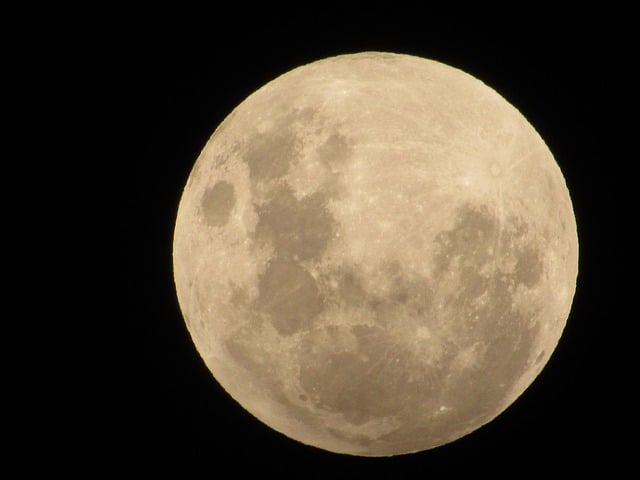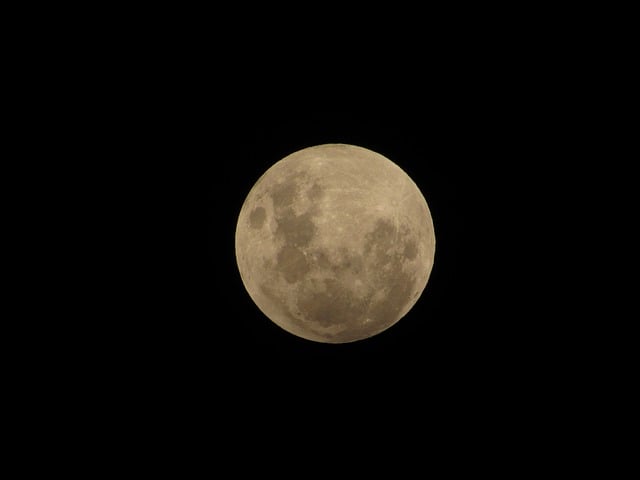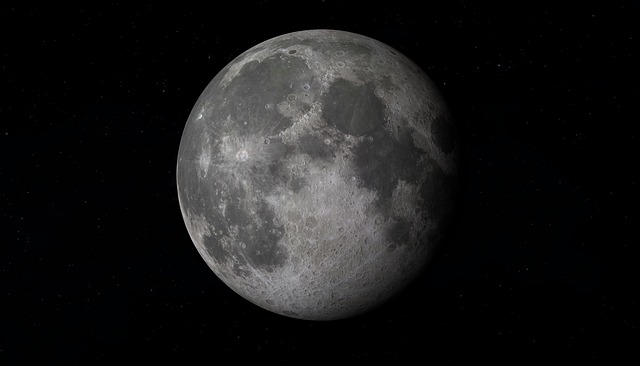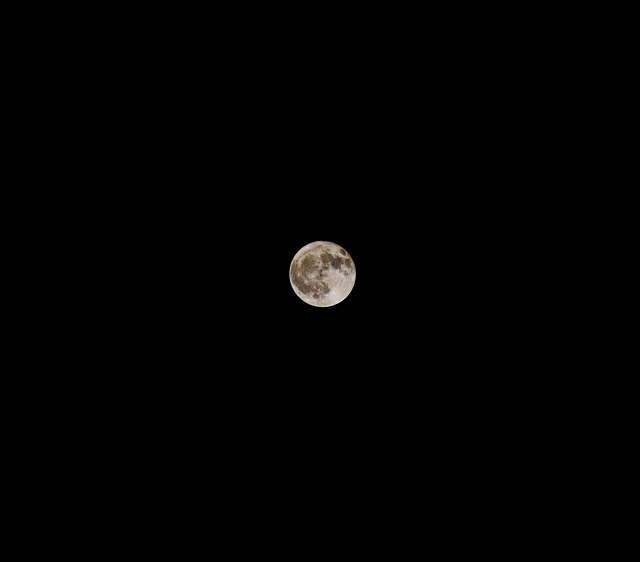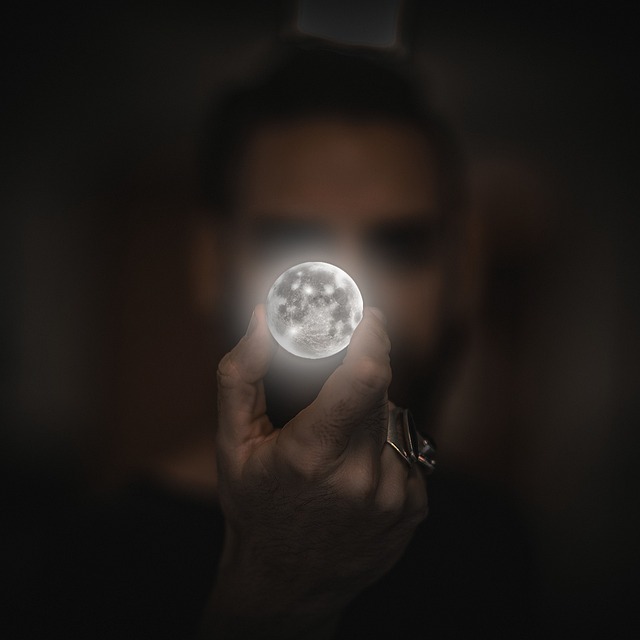The largest full moon of the year will be lighting up the skies this evening, coinciding with Bonfire Night celebrations across the UK. Known as the beaver moon, the supermoon will reach its peak at 1.19pm on 5 November, though it will appear full once darkness falls. However, visibility will depend heavily on local weather conditions, with forecasts suggesting cloud cover could obscure the view in some areas.
++ The peregrine falcon: nature’s fastest killer in the sky
What is a supermoon?
A supermoon occurs when the moon reaches its closest point to Earth in its orbit, known as perigee, making it appear larger and brighter than usual.
In technical terms, this phenomenon is called a perigean full moon. According to NASA, supermoons can appear up to 14% bigger and 30% brighter than an average full moon, though the difference can be subtle to the naked eye.
The term supermoon was first coined in 1979. NASA explains: “When a full moon appears at perigee [its closest point to Earth], it is slightly brighter and larger than a regular full moon — and that’s where we get a ‘supermoon’.”
Because the moon’s orbit around Earth is elliptical, the distance varies throughout the month. At perigee, the moon is roughly 226,000 miles away, while at its furthest point, known as apogee, it sits about 253,000 miles from Earth.
++ Power and finesse: the monkey that bites like a jaguar
When is the next supermoon?
This year features three consecutive supermoons:
7 October – Harvest Moon
5 November – Beaver Moon
4 December – Cold Moon
The Cold Moon, the final supermoon of 2025, will reach its peak at 2:48pm.
Why is it called the beaver moon?
The name beaver moon is thought to derive from Native American traditions, although its exact origin remains uncertain. Many of the full moon names — such as cold moon or flower moon — trace back to the Old Farmer’s Almanac, an American publication dating to the 1930s, which drew inspiration from Algonquian languages once spoken by Native American peoples in the New England region.
According to the Royal Museums Greenwich, there is debate over the true meaning of the name:
“Some say it refers to the time when Native Americans set beaver traps before the swamps froze, while others believe it marks the busy period when beavers build their winter dams.”
So, while fireworks dazzle the night sky this Bonfire Night, those lucky enough to enjoy clear weather might also catch a glimpse of the magnificent beaver supermoon — a celestial spectacle to accompany the nation’s annual celebrations.
